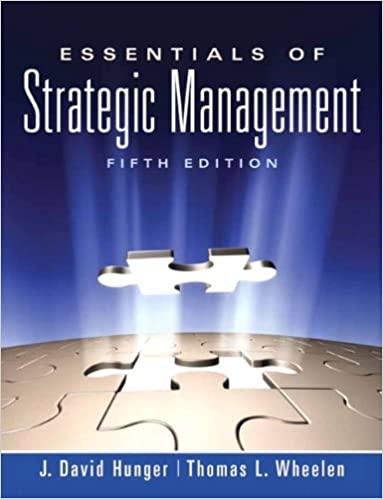Answered step by step
Verified Expert Solution
Question
1 Approved Answer
Link: https://www.accord.org.za/lessonsegotiate-to-resolve-conflict/ other hand would like to have a car, but has other transportation options available (e.g., Uber). buyer/SELLER2. The seller doesn't really need to
Link: https://www.accord.org.za/lessonsegotiate-to-resolve-conflict/

Step by Step Solution
There are 3 Steps involved in it
Step: 1

Get Instant Access to Expert-Tailored Solutions
See step-by-step solutions with expert insights and AI powered tools for academic success
Step: 2

Step: 3

Ace Your Homework with AI
Get the answers you need in no time with our AI-driven, step-by-step assistance
Get Started


